Recipes – № 26
Ceviche and Popcorn
Ceviche is made by marinating raw seafood in lime juice and a few other ingredients such as onions, cilantro and sometimes hot peppers. The citric acid contained in the lime juice turns the fish or shellfish opaque, making it appear "cooked" without using any heat. Ceviche can be incredibly delicious: bursting with flavor but also light, refreshing and even delicate, despite the lime juice and chilies. Unfortunately, the ceviches served in US restaurants, even in - or maybe especially in - fancier restaurants, make me forget how great this dish can be. The origin of the name ceviche is disputed but one possible explanation is the Latin word cibus, which Wikipedia translates as “food for men and animals.” That’s right, people. It doesn’t say “food for infantile eaters for whom every dish should taste like dessert.” So enough with the grapefruit, coconut, mango and other frou-frou additions that spoil the simple perfection of this dish.
Fortunately making your own grown-up ceviche is easy. Peru and Ecuador are well known for ceviche and both often claim to be the birthplace of the dish. My recipe blends what I think are the best elements of both countries’ versions. Ecuadorians serve a soupy ceviche with the seafood still in the lime juice marinade. Peruvians add chilies for heat and serve the seafood outside of the marinade, which is referred to as leche de tigre (tiger’s milk) and served separately in a drinking glass. I prefer the Ecuadorian-style, wet ceviche, but I add peppers, both for heat and flavor. Pretty much any hot pepper will do. In fact, I can’t think of a better dish to highlight the distinct flavors of the seemingly endless pepper variety offered at farmers markets. Green serrano or jalapeño peppers, for example, will result in a fresh, grassy and, well, green-tasting ceviche. Ripe habanero, scotch bonnet or fatalii peppers will result in something more tropical, fruity, perfume-y tasting. Ah, you say, here we go again with the tropical fruit. Trust me on this one, these potent peppers are about as far from infantile as you can get.
The idea of serving ceviche with a side of popcorn is also popular in Ecuador. The dry, warm crunch of the popcorn goes very well with the chilled, moist seafood, and it seems that the starch helps soak up the acidity.
Ceviche can be made with a wide variety of fish and shellfish. One thing to keep in mind as you decide what seafood to use is that, while the lime juice makes the fish appear cooked, the preparation doesn’t kill parasites as actual cooking would. As a rule of thumb, it’s best to stick to species that are commonly eaten raw in sushi. In the North East and Mid-Atlantic, flat fish such as flounder and sole are good options, as are any kind of snapper or bass, including striped bass, my personal favorite. Tuna is a possibility, swordfish is not. Freshwater fish should never be eaten raw. Salmon unfortunately is also problematic (and an exception to the sushi rule, though interestingly salmon sushi is more of an American invention). All fish are safe to eat raw after freezing below certain temperatures. Unfortunately these temperatures are outside of the range of household freezers, so you’d have to ensure that the fish has been sufficiently frozen before you purchase it. Don’t let any of this keep you from enjoying ceviche - it is extremely rare for people in the US to be afflicted by fish-borne parasites.

Serves 4 as an appetizer
Ceviche:
1 ½ lbs filet of striped bass, flounder or other fish suitable for eating raw (see above)
1 generous cup lime juice (from about 8 juicy limes)
1 medium red onion
2 Tbsp chopped cilantro. Or try 3 Tbsp chopped papalo: slightly different but equally delicious.
Fresh hot pepper to taste (optional). Any hot variety will do (see above). Personally I’d use around 2 serrano peppers for this recipe or half a habanero or scotch bonnet pepper. If you don't want any heat, you could substitute some sweet aji dulce peppers for the fruity pepper taste without the heat.
1 Tbsp olive oil
2 tsp fine sea salt
Popcorn:
6 Tbsp / 3/8 cup popcorn (unpopped)
3 Tbsp olive oil

Strain the lime juice through a fine sieve or mesh skimmer. You should be left with 1 cup of strained juice. Remove any remaining bones or skin from the fish, rinse and cut into bite-sized cubes around ¾ of an inch thick. Peel the onion, quarter lengthwise and slice thinly but not paper thin (1-2 mm). Remove the seeds and membranes from the chili(es) if using and chop into small even pieces. If you're unsure about the quantity of chili to use, you could add it later to taste, just before serving.
Combine fish, lime juice, onion, cilantro (or papalo), chili, olive oil and sea salt in a large Pyrex measuring cup or similarly tall glass container. There should be enough lime juice to cover the fish. Cover the container and marinate the fish for 1 hour in the fridge, stirring every 15 minutes or so. Taste and add salt as needed.
Make the popcorn just before serving: Place a medium pot on a small burner set to just above the lowest heat. Add olive oil and corn. The corn should cover the bottom of the pot in a single layer. Cover and wait a few minutes for all the corn to pop once the oil is hot. You’ll know the popcorn is done when you can count to ten without hearing any more pops. Remove from the heat immediately and season the popcorn with a few pinches of fine sea salt. Shake the pot with the lid on to distribute the salt evenly, taste and repeat as needed.
Serve the ceviche in small glasses (set in bowls of crushed ice if you like) with the popcorn on the side.

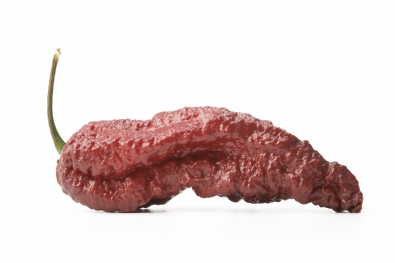
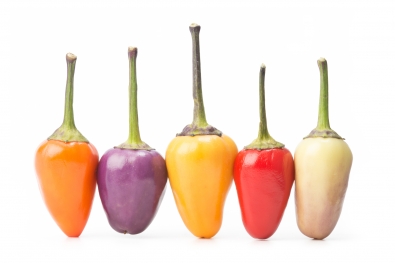

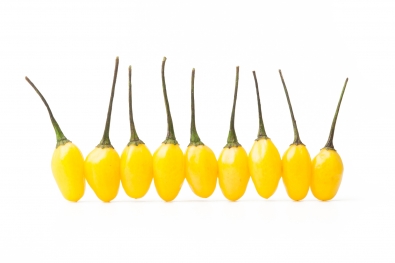
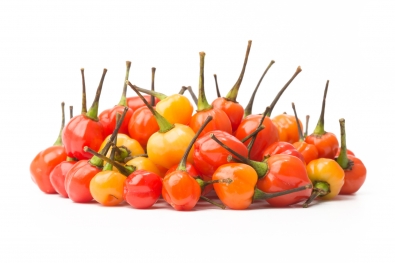
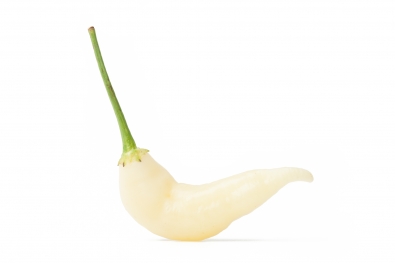
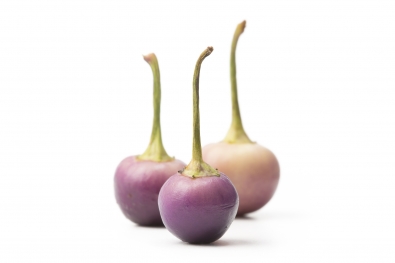
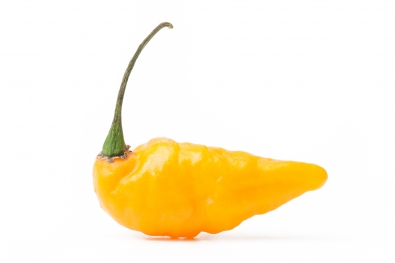


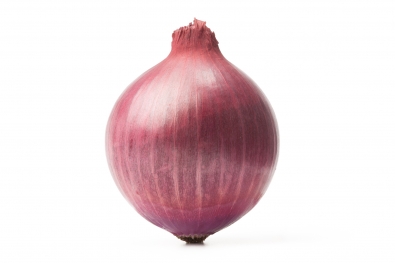
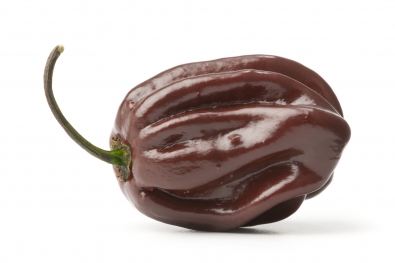
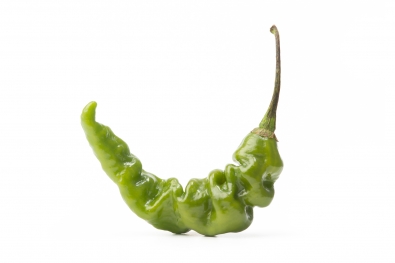
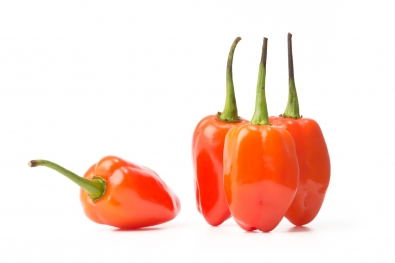
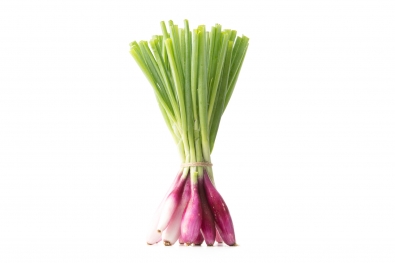
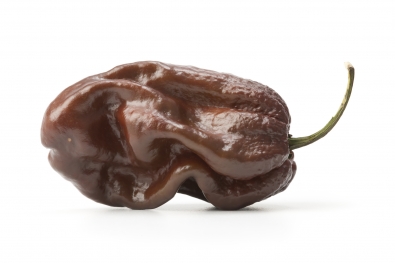

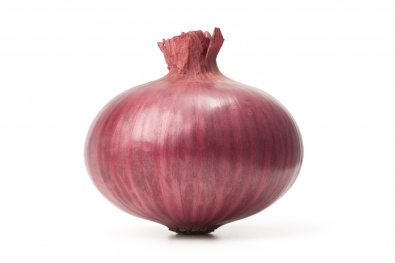
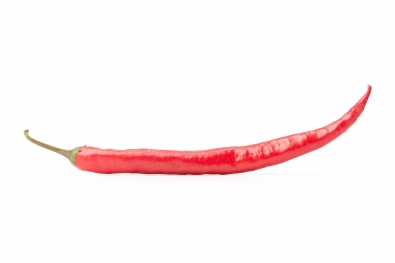

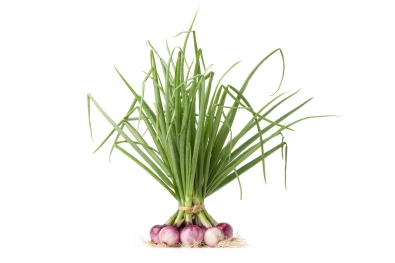
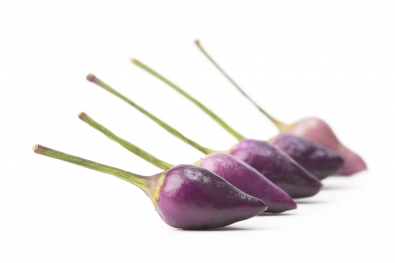
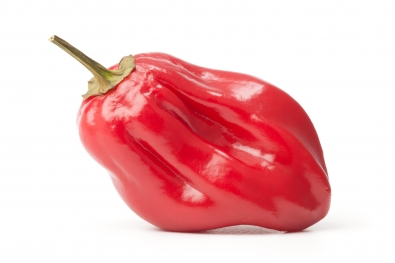
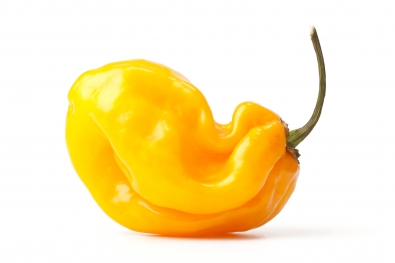
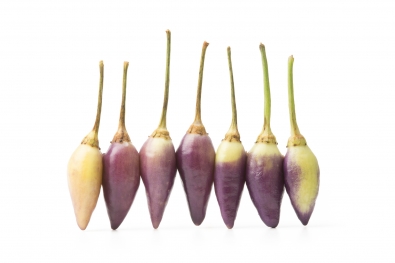
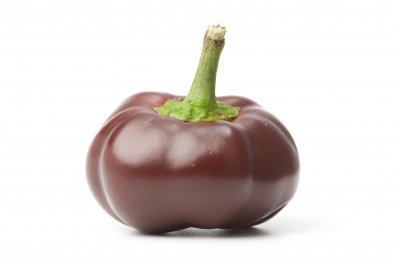
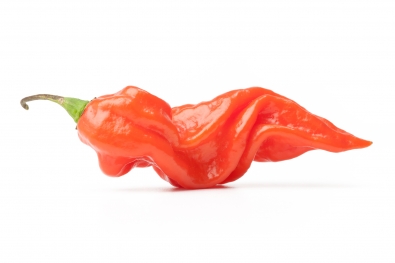
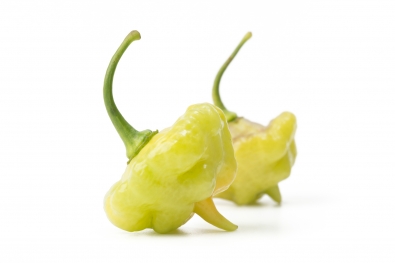
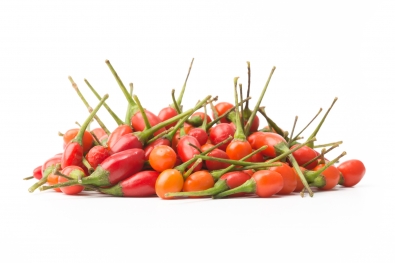

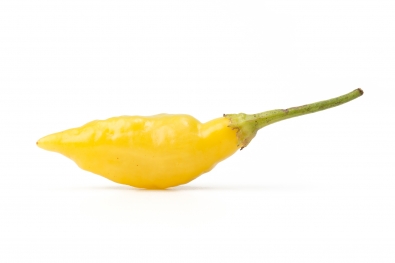
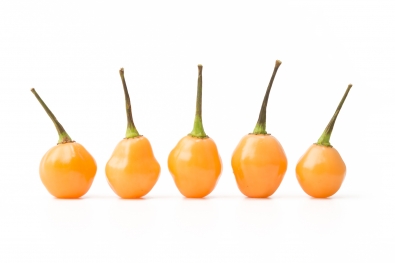
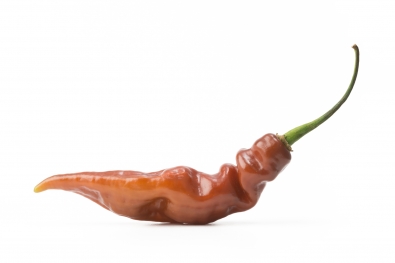
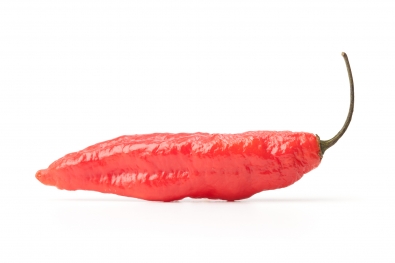
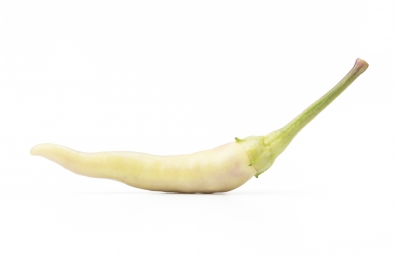
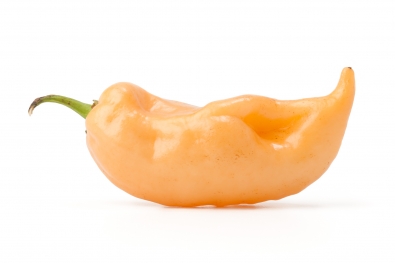
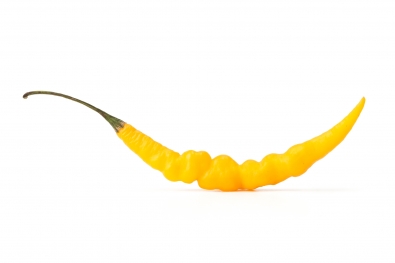

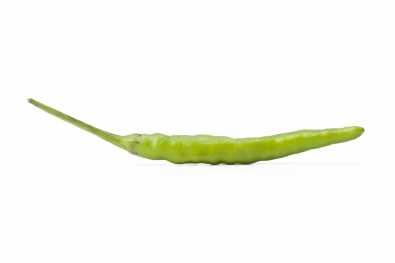
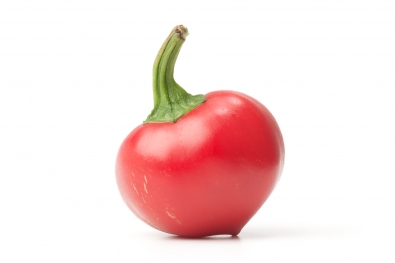
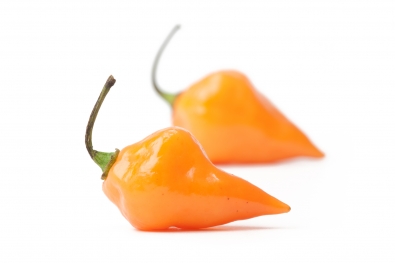
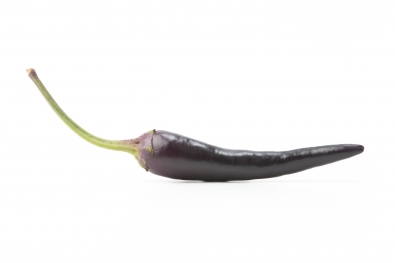


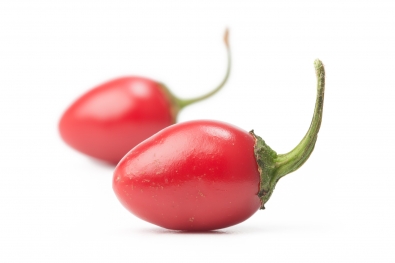
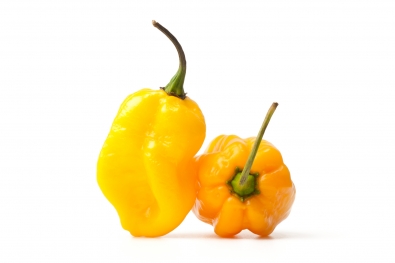
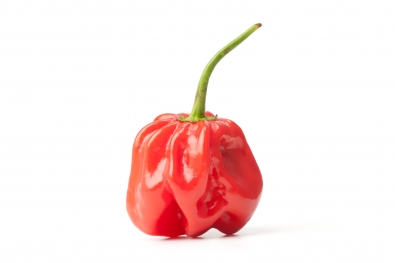
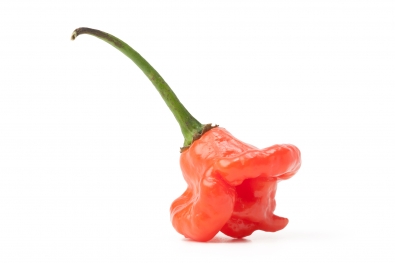
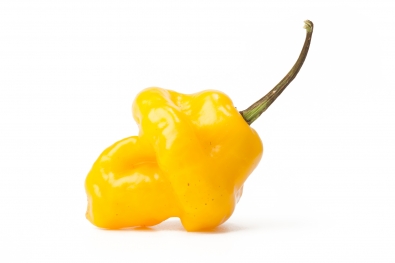
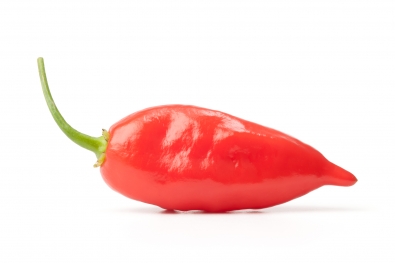
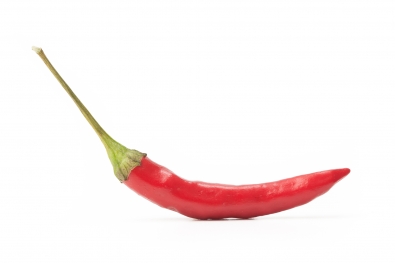
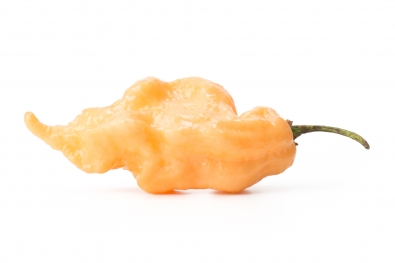
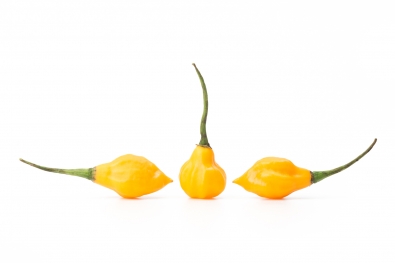
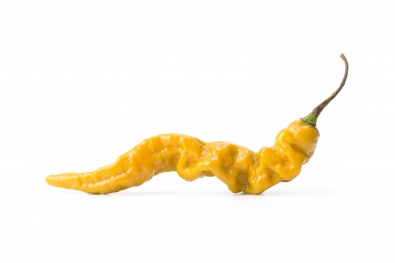
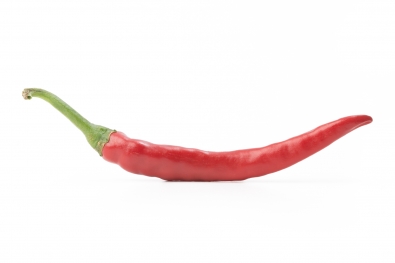
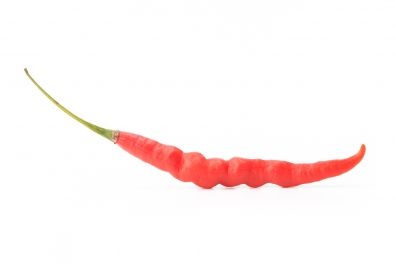
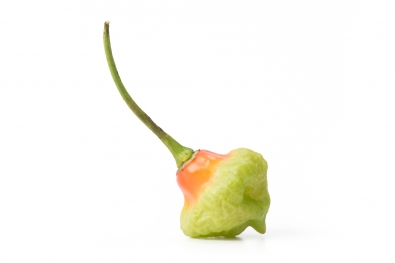
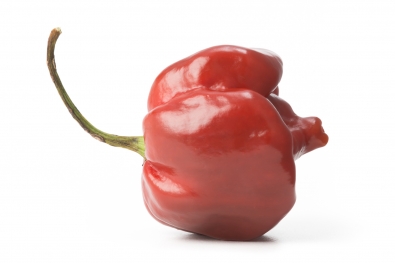
Add a comment